What is this Midwest USA Great Lakes bird?
Brian Kapp
5 years ago
Featured Answer
Comments (8)
catherinet
5 years agoBrian Kapp
5 years agoRelated Discussions
Western larch planted in N.E. or Great Lakes regions?
Comments (11)There is (or was) a small planting at the Secrest Arboretum in Ohio. They were doing well, but not as good as other species. I also had one planted in my garden in eastern Ohio. It grew about 2' (~.66m) per year for several years, but had to be cut down because of a change in the garden plans. It was about 15' (5 m) tall when cut. Hot, humid summers are really only problems as far they promote diseases. For example, root-rots in Abies, Leucocytospora canker on Picea pungens, Seridium and other diseases of Leyand cypress. As far as I know, there is no conclusive evidence for physiological disruption of conifers due to hot, humid summers. I would think that with the relatively low elevations for L. occidentalis in its native range, it should do well in the northeast. However, one shouldn't expect the same growth rates as L. decidua, L. kaempferi or L. x marschslinsii....See MoreGreat Lakes Conifers
Comments (12)Lycopodium and several showy wildflowers are protected under our state law, but not because they are threatened or endangered. Rather, many years in the past, they were considered at risk of being overcollected from public land for commercial sale, and a concerned group worked to get some protection in place. On private land one may pick/collect/dig/whatever with written permission of the landowner. I guess I'm fortunate to see it often where I work and in several places I hike. I hadn't thought of it as rare. I do have to smile, though, when students and chaperones on field trips think lycopodium is a bunch of baby pine trees....See MoreUPDATE: great lake R R box 1
Comments (78)I did get lost in it! It was huge! about 200 packets! I will get it out in the mail today or Wends. Today if I hear from you sue per our emails.... Thanks for including me in this it was LOTS of fun. I have never tried hardly any types of annuals before - but I have a garden walk scheduled and hope they really brighten up my yard. I will be trying lots of them this year thanks to your help. Thanks for showing me the way to affordable gardening. I am a new seed addict now. Have 9 flats going now and I ran out of room, but not seeds. Trying to talk hubby into building me a coldframe for my birthday next month so I can start more seeds. thanks again...See MoreAnyone own a vine covered pergola in the Great Lakes region?
Comments (6)I used Silver Lace over part of the pergola that covers a portion of my pool patio. Pergola is about 9' tall, about 40' wide and 16' deep. Planted two vines, one over the arched arbor that leads into the pool area. The other vine went up against the pergola. The Silver lace was to cover about half of the pergola, a few New Dawn rose climbers were to cover the other half. Planted the vines a few years ago, they were about 5' tall when planted. The arched arbor is in the bottom left corner of the following photo. You can barely see the vine I planted against the pergola, but you can see the unweathered support pole I used to train it, it's leaning against the second pergola post from the left. By late summer the vines were flowering and had grown over the top of the arbor and over the top of the Pergola. Here's a photo I took today, the vine has grown about 9' vertical to the top, then the full 16' depth of the pergola: I had this same vine when I lived in Wisconsin, on a lake about a half-hour north of MKE. Here in CT it's done well through several winters. No issues. I've seen Silver Lace listed in some places as invasive, but it's never strayed by root, nor has it crowded out some of the other plants near it in the gardens. I think it's just a rigorous climber. The flowers are white and somewhat delicate looking. I guess that's where the "lace" in the name comes from. The petals, when they fall, are not a nuisance. I don't consider it to be a dirty plant in terms of shedding. It's been winter and wind hardy, and provides a nice dappled shade in the summer....See Morecatherinet
5 years agoalbert_135 39.17°N 119.76°W 4695ft.
5 years agoBrian Kapp thanked albert_135 39.17°N 119.76°W 4695ft.Brian Kapp
5 years agocatherinet
5 years ago
Related Stories
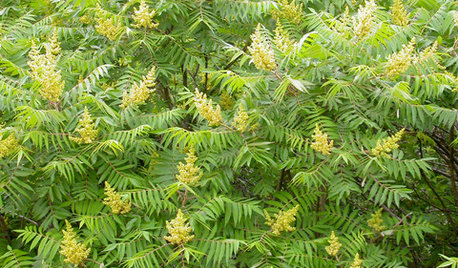
GARDENING GUIDES8 Essential Shrubs for Wildlife in the Great Lakes and Midwest
These beautiful native shrubs provide pollen and nectar for bees, and fruit and insects for birds
Full Story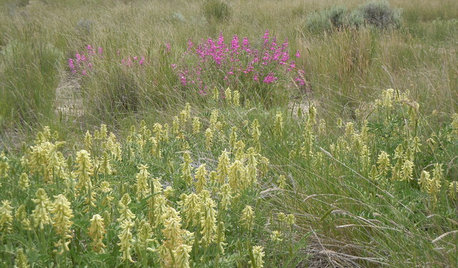
GARDENING GUIDESGreat Design Plant: Canadian Milkvetch Draws Bees and Birds
Its seedpods have visual appeal, but winged creatures are lured to Astralagus canadensis for more than its looks
Full Story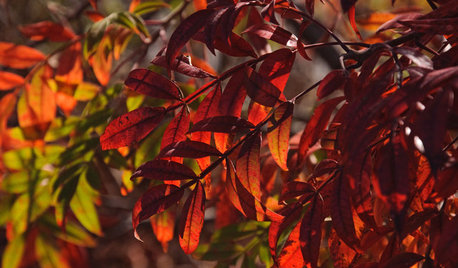
GARDENING GUIDESGreat Lakes Gardener's October Checklist
Enjoy nature's fall finery while stockpiling leaves, bringing delicate perennials indoors and grabbing some pumpkins for decorating
Full Story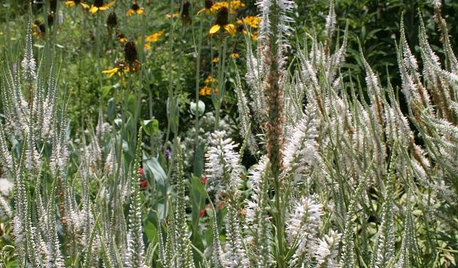
CENTRAL PLAINS GARDENINGGreat Design Plant: Culver's Root
Spiky summer blooms beloved by butterflies and architectural interest in winter make this Midwest native plant worth featuring in the garden
Full Story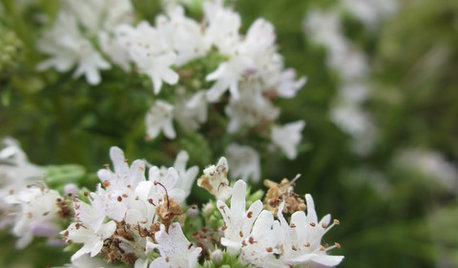
GARDENING FOR BUTTERFLIESGreat Design Plant: Virginia Mountain Mint
Watch a world of insects dine on this Midwest native, an easy bloomer that washes the garden (and your skin) in scents of cool mint
Full Story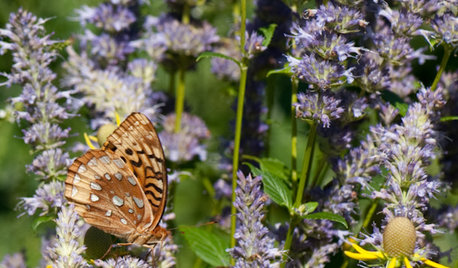
GARDENING GUIDESGreat Design Plant: Anise Hyssop Delights Licorice Lovers
With its distinct scent and flower spikes, drought-tolerant Agastache foeniculum stirs interest among humans and winged creatures alike
Full Story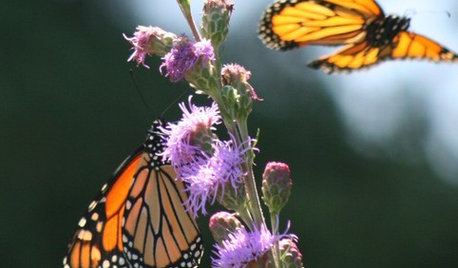
GARDENING GUIDESGreat Design Plant: Meadow Blazing Star (Liatris Ligulistylis)
Make fast friends with the monarch butterflies and get a color show too with this adaptable U.S. Midwest native
Full Story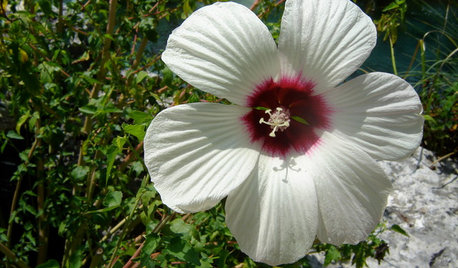
GARDENING GUIDESGreat Design Plant: Hibiscus Moscheutos
Crimsoneyed rosemallow is an ideal flowering perennial for wet sites and is ready to propagate now
Full Story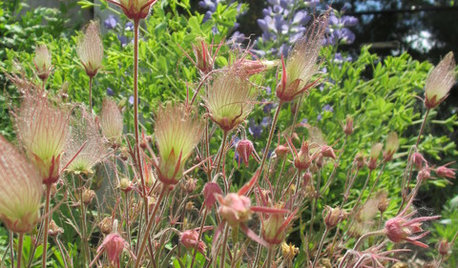
GARDENING GUIDESGreat Design Plant: Geum Triflorum
Nodding red blooms, glittery effervescent seed heads and a tough-as-nails constitution make prairie smoke a winning ground cover
Full Story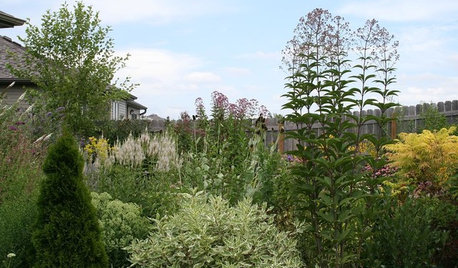
GARDENING FOR BUTTERFLIESGreat Design Plants: A Bevy of Beauties from the Meadow
Draw butterflies, birds and bees to the garden year-round with these low-maintenance Eupatorium varieties
Full Story


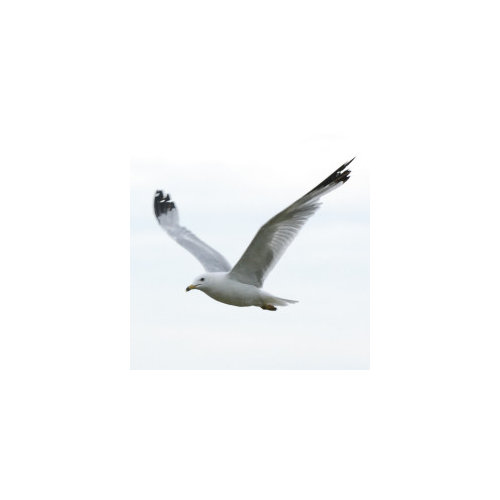


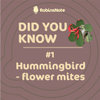
albert_135 39.17°N 119.76°W 4695ft.